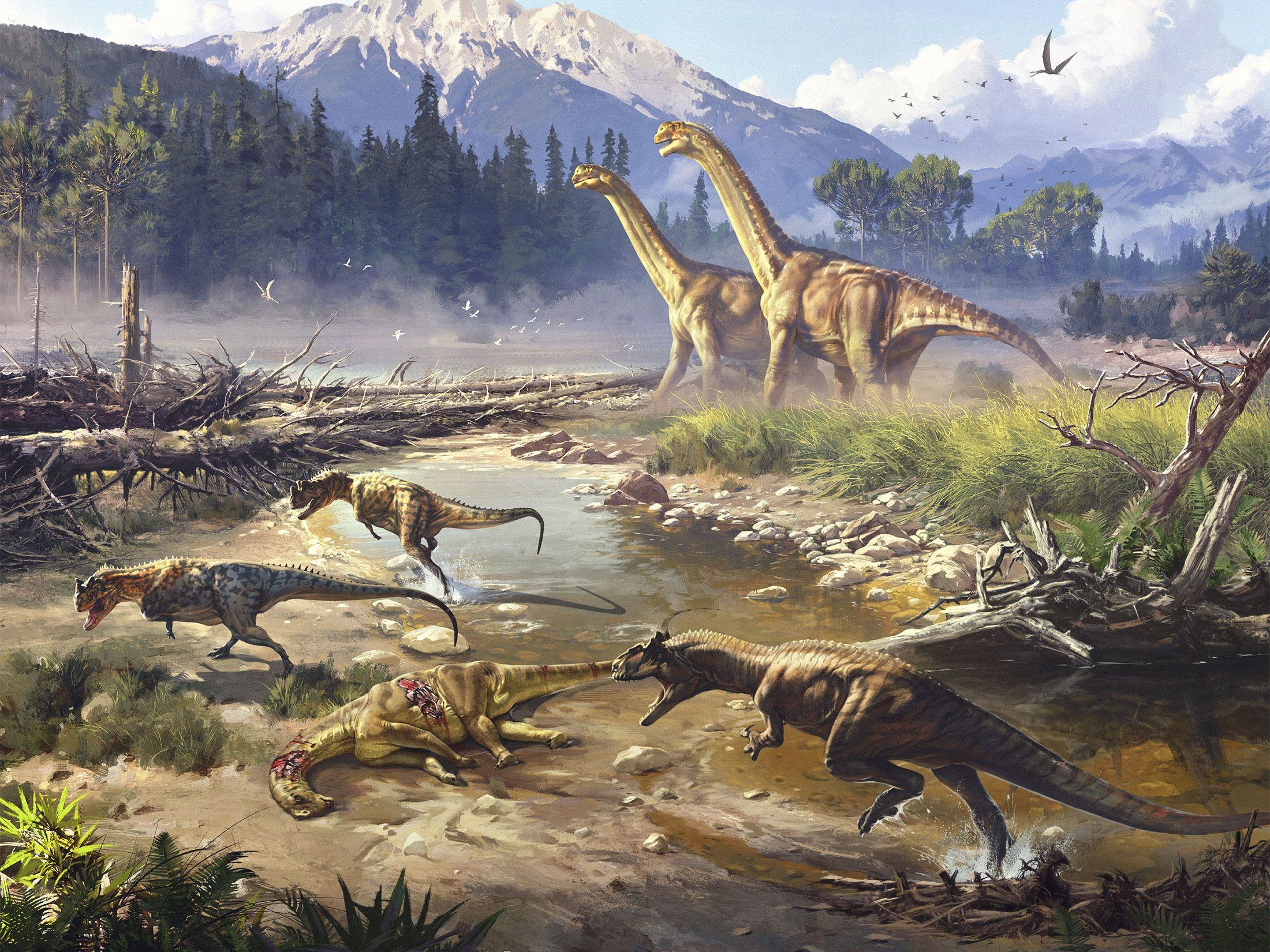Beginning in the aftermath of the Triassic Extinction, life in the Jurassic bounced back in a BIG way, producing some of the most iconic creatures to ever live, and seeing the dinosaurs rise to ecological supremacy on land.
The second geologic period of the Mesozoic Era (informally called “The Age of Reptiles” or “The Age of Dinosaurs”) is the Jurassic, spanning some 58.3 million years, beginning 201.4 million years ago and ending about 143.1 million years ago. Beginning in the aftermath of the Triassic Extinction, life in the Jurassic bounced back in a BIG way, producing some of the most iconic creatures to ever live, and seeing the dinosaurs rise to ecological supremacy on land. The Jurassic also saw crocodylomorphs become the top semi-aquatic predators, the arrival of the first true mammals, and the appearance of the earliest birds.
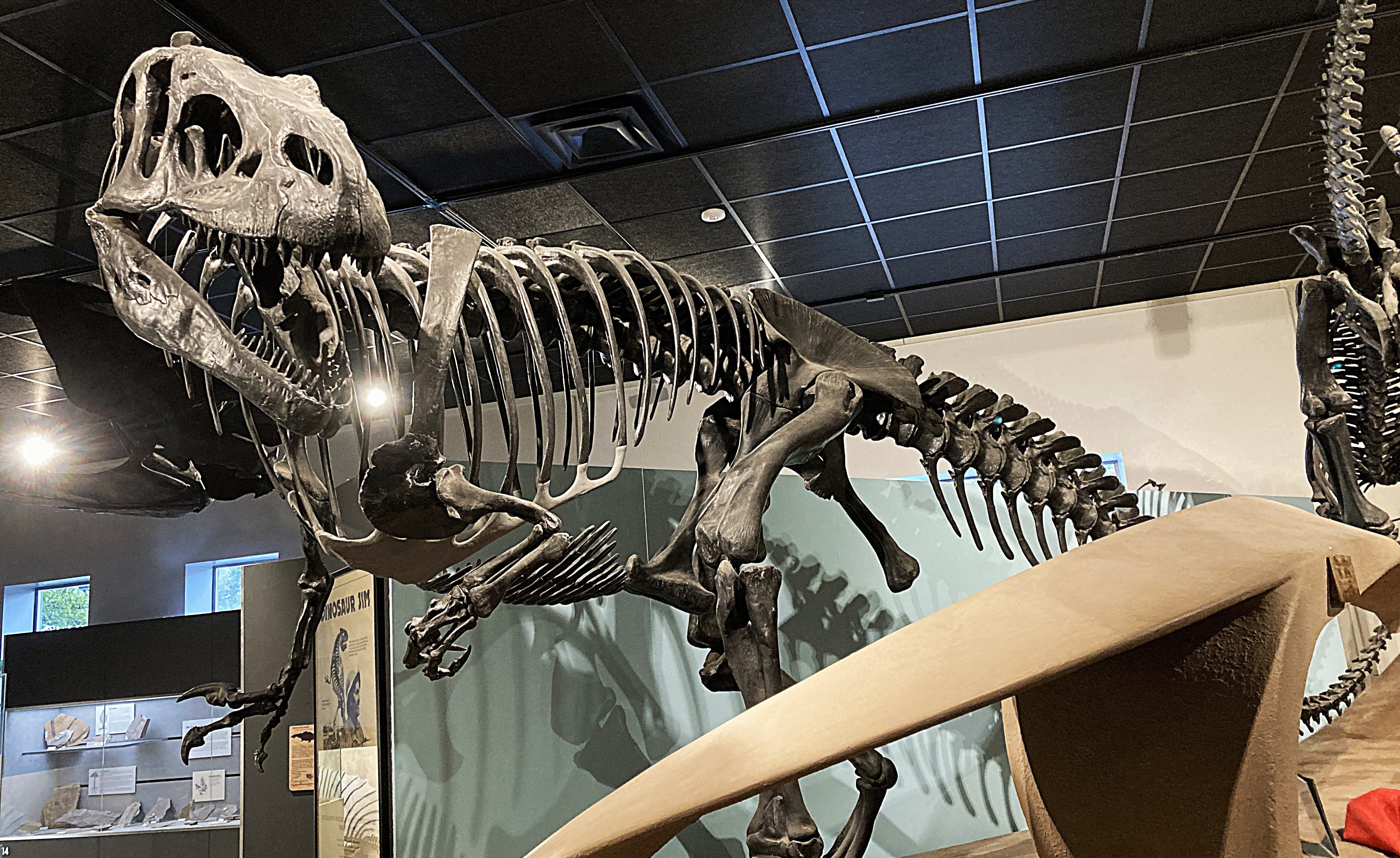
Why is it called the Jurassic?
The Jurassic is named after the Jura Mountain range of France and Switzerland where limestone from the Jurassic was first identified. The name was coined in 1829 by French naturalist Alexandre Brongniart.
How is the Jurassic divided?
The Jurassic Period is divided into three epochs, the Early, Middle, and Late Jurassic. These epochs are further subdivided into ages or stages. The Early Jurassic spanned from 201.4-174.7 million years ago and contains the Hettangian (201.4-199.5 Ma), Sinemurian (199.5-192.9 Ma), Pliensbachian (192.5-184.2 Ma), and Toarcian (184.2-174.7 Ma) Stages.
The Middle Jurassic spanned from 174.7-161.5 million years ago and contains the Aalenian (174.7-170.9 Ma), Bajocian (170.9-168.2 Ma), Bathonian (168.2-165.3 Ma), and Callovian (165.3-161.5 Ma) Stages.
The Late Jurassic spanned from 161.5-143.1 million years ago. It contains three stages: the Oxfordian (161.5-154.8 Ma), the Kimmeridgian (154.8-149.2 Ma), and the Tithonian (149.2-143.1 Ma).
Visit this link to view the official GSA geologic timescale: https://www.geosociety.org/GSA/gsa/timescale/home.aspx
What was Earth like in the Jurassic?
All of the continents began the Triassic still united in a single supercontinent called Pangea, but this supercontinent was in the process of breaking up, and throughout the Jurassic, rifting slowly pulled the continents apart, opening the beginnings of the Atlantic Ocean north-south, and splitting Pangea east-west into Gondwana (South America, Africa, Antarctica, Australia, Zealandia, India) in the south and Laurasia (North America and Eurasia) in the north. Much of Europe was covered by a shallow extension of the Tethys sea, and in the Middle Jurassic, the Sundance Seaway covered part of western North America.
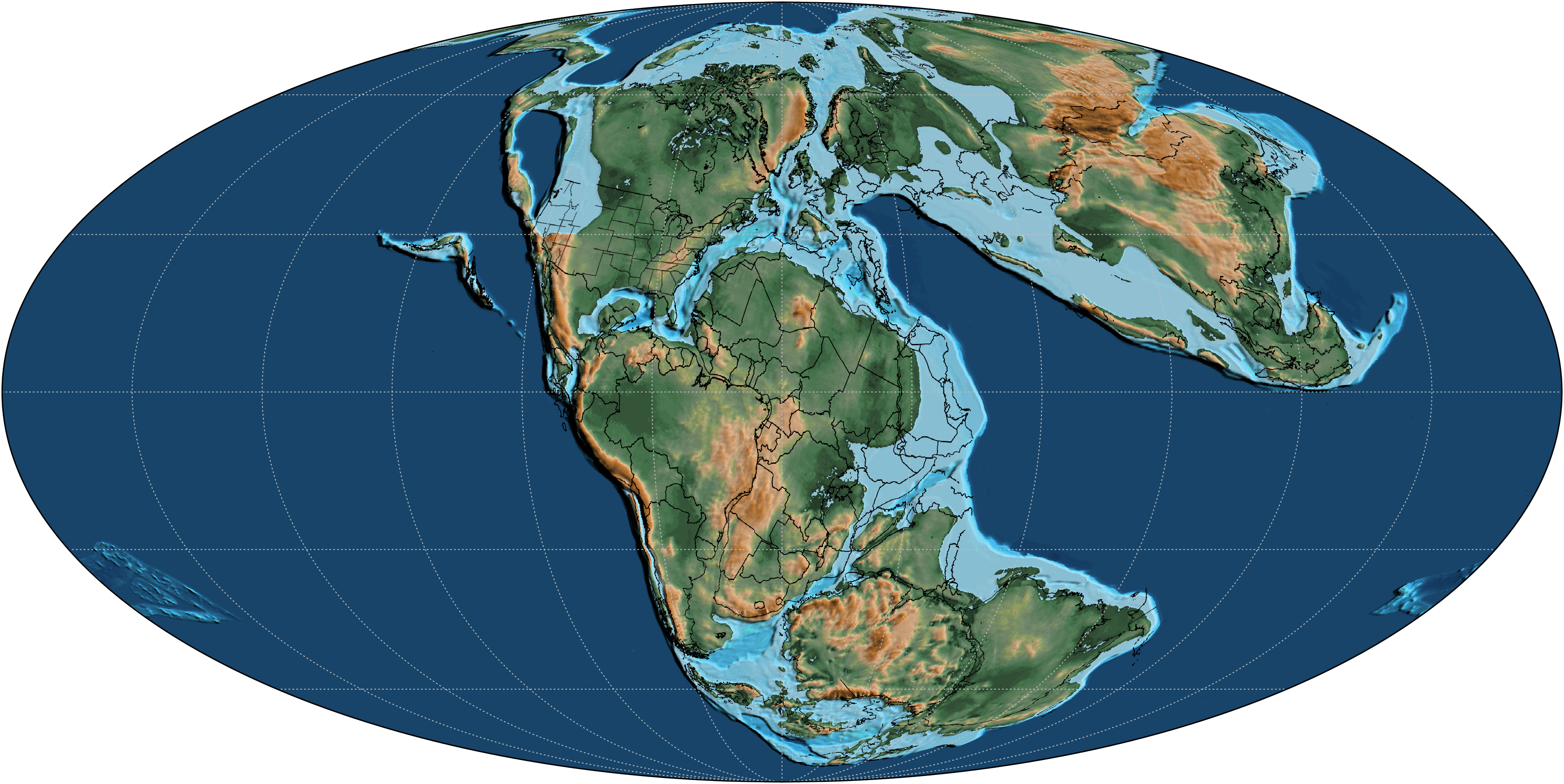
The climate during the Jurassic was significantly warmer than the present day, on average 5–10 °C (9–18 °F) warmer, thanks to four times the carbon dioxide of the present day, but unlike the preceding Triassic Period, it was much more lush and humid, thanks in part to the breakup of Pangea.
Oxygen levels in the atmosphere were comparably high in the Jurassic relative to both Triassic and modern levels. Some studies suggest that oxygen levels in the Jurassic atmosphere may have averaged about 26%. For comparison, the modern atmosphere is about 21% oxygen.
What lived in the Jurassic?
While the dinosaurs originated in the Triassic, the Jurassic began the true Age of Dinosaurs. After the Triassic-Jurassic Extinction Event, dinosaurs quickly became the dominant terrestrial vertebrates, and they started to get big. And none got bigger than the sauropods, which were the dominant herbivores worldwide during the Jurassic. Joining them were stegosaurs and ornithopods of various sizes. Theropods too became much larger in the Jurassic, and for much of the period, megalosaurs and allosauroids were the dominant large carnivores on land. As dinosaurs secured their hold on the land, crocodylomorphs took up the semi-aquatic predator niche for which they are famous, replacing the extinct phytosaurs of the Triassic. Temnospondyl amphibians remained a part of the global fauna, but continued their decline that began in the Triassic, unable to compete with crocodylomorphs, except in regions near the poles which were too cool for crocodylomorphs to thrive. In the shadows, the first true mammals evolved in the Jurassic from cynodonts. They would remain small for the rest of the Mesozoic, however, only coming to dominate terrestrial ecosystems after the Age of Dinosaurs came to an end.

The sea was also the site of great variety and wonder. Ichthyosaurs continued to be highly successful throughout the Jurassic, though none achieved the sizes of the Triassic shastasaurs. Plesiosaurs diversified and became highly successful, developing into two main types, the plesiosauroids, or long-necked plesiosaurs, and the pliosaurs, which contained fearsome short-necked varieties which served as the apex predators of the Jurassic seas. Fully marine crocodilomorphs were also present in the seas, along with a staggering variety of fish and ammonites.
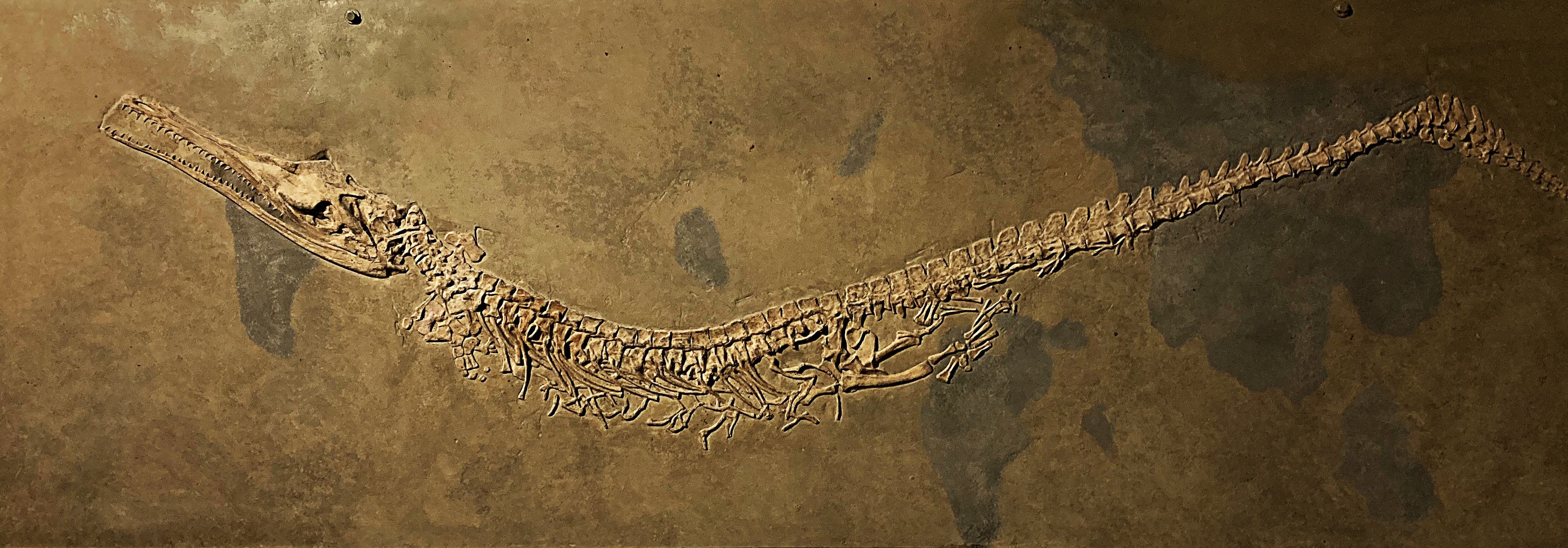
Soaring above them all were the pterosaurs, in great numbers and varieties. Earlier pterosaurs had long tails, but the Late Jurassic saw the arrival of pterodactyloids, or short-tailed pterosaurs. Also in the Late Jurassic, a group of small theropod dinosaurs related to dromaeosaurs (“raptors”), took flight, joining the pterosaurs in the air. These were avialans, the earliest birds.
The forests were dominated by conifers and other gymnosperms, including Araucaria, redwoods, cycads and bennettitales, and ginkoes, as well as tree ferns. Like the Triassic, there were still no angiosperms (flowering plants) as of yet, so the forests of the Triassic were unlike most modern forests. Perhaps most significantly, no angiosperms meant no grass, so other plants provided ground cover, including mosses, clubmosses, horsetails, and most significantly, ferns. Large areas were covered by seasonal fern savannas.
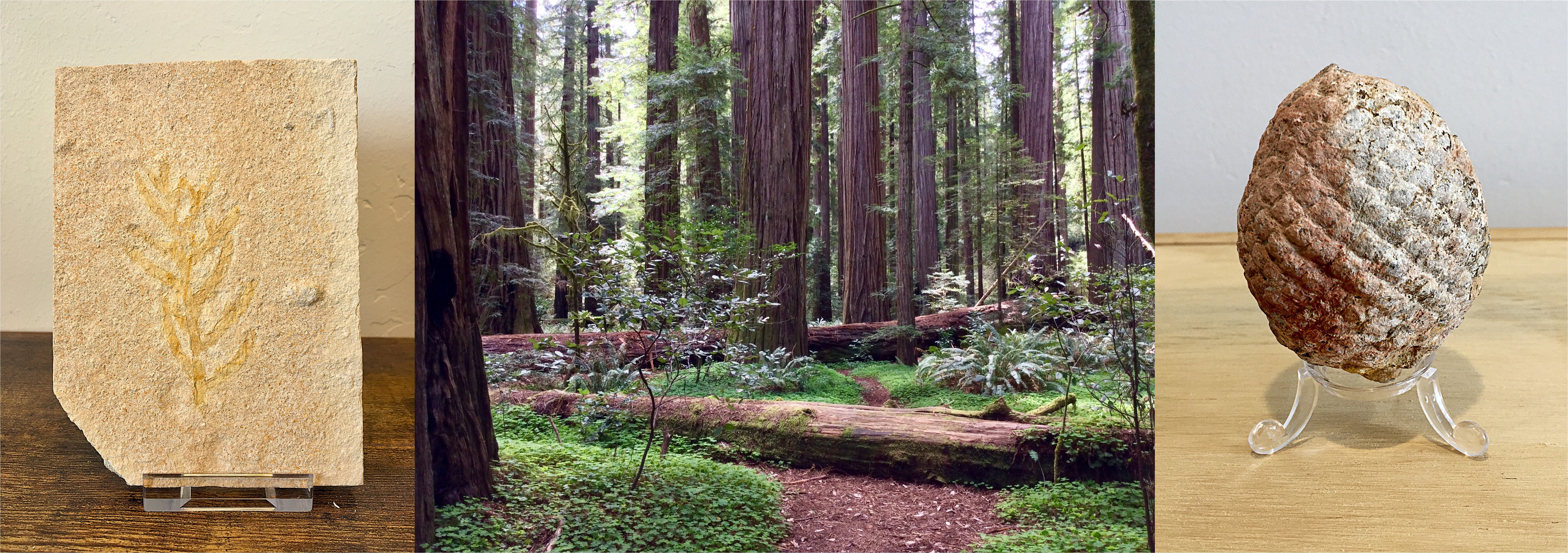
What ended the Jurassic?
The end of the Jurassic is poorly understood, both the exact temporal boundary and the cause of faunal turnover between Jurassic and Cretaceous, as well as to what degree there was major faunal turnover. Significant faunal changes include the extinction of the long-tailed pterosaurs, the decline of the diplodocid sauropods, the decline of the stegosaurs, and the disappearance of the megalosaurs (with the exception of the highly specialized spinosaurids). Conversely, other dinosaur groups like the ornithopods and the ankylosaurs increased at the onset of the Cretaceous. Again, it is unclear what caused these changes, but it may have been a combination of factors, including a cooling climate event, the continued breakup of the continents, and changes in sea level. Asteroid impacts may have also contributed to the end of the Jurassic. These included the Morokweng impact in South Africa about 146 million years ago, caused by an asteroid 5 to 10 km (3.1 to 6.2 mi) in diameter, and the Mjolnir impact off the coast of Norway sometime between 144-140 million years ago in the latest Jurassic or earliest Cretaceous, caused by an asteroid 2 km (1.2 mi) in diameter. These impacts would have caused great local devastation, but their global effect is debated, and was likely more minor, though in concert with other factors, they may have indeed contributed to the Jurassic-Cretaceous turnover.
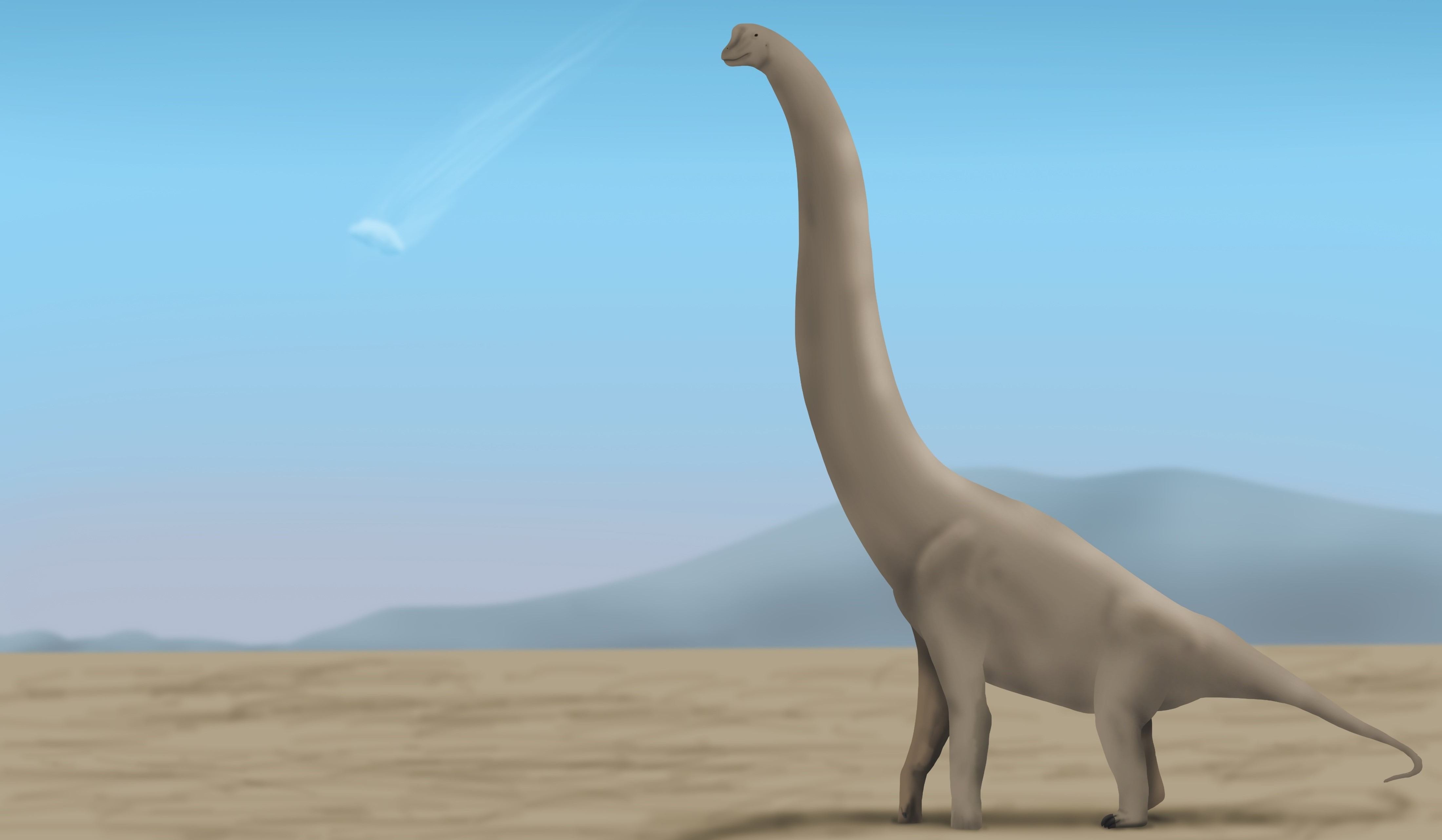
Jurassic Animal List
Want to learn more about specific Jurassic animals? Here’s a list of all the Jurassic animal bios on our website!
